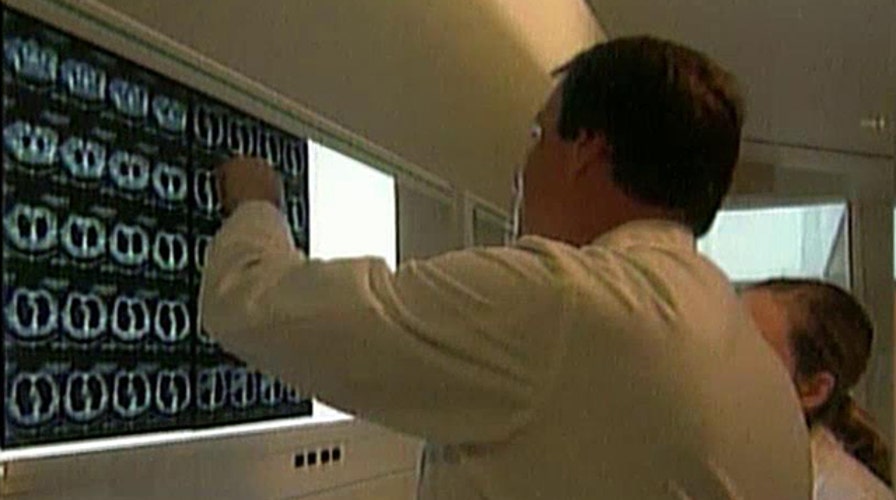A new study has concluded that many people's risk of developing cancer often depends on simple bad luck in cell division.
Researchers at Johns Hopkins University studied 31 different cancers. Of those, just nine were found to be linked to bad genetics or unhealthy lifestyle choices. The researchers did not consider breast cancer or prostate cancer in their study.
The study concludes that the most common cause of the production of most cancerous cells occurs when one chemical letter in DNA is incorrectly swapped for another during stem cell division. Scientists found that cancer rates were higher in parts of the body where cells are quickest to regenerate, thereby creating more random mutations.
Dr. Cristian Tomasetti, an assistant professor of oncology at Johns Hopkins and one of the study's authors, told the Wall Street Journal that the study should not be taken as a repudiation of healthy lifestyles. Dr. Tomasetti told The Jounal that lung and skin cancer, for example, are clearly tied to factors such as smoking and sun exposure, and monitoring such behavior is key to avoiding a diagnosis.
However, Dr. Tomasetti also hopes that the study will push medical researchers toward early detection and treatment of cancers that occur through improper cell division. Examples cited by the study include brain tumors, lung cancer in non-smokers, ovarian and testicular cancers, and bone cancer in the head, arms, legs, and pelvis.
According to the researchers, stem cells are usually the only cell type able to create a tumor, despite only making up a small percentage of the total cells in various tissues.
Habibul Ahsan, a professor of epidemiology, medicine and genetics at University of Chicago Medical Center, told the Journal that the study was weakened by the fact that breast and prostate cancers were not examined. He also told the paper that the questions of why stem cells in some tissues divide at different rates and whether environmental or genetic factors played a role had yet to be examined.

